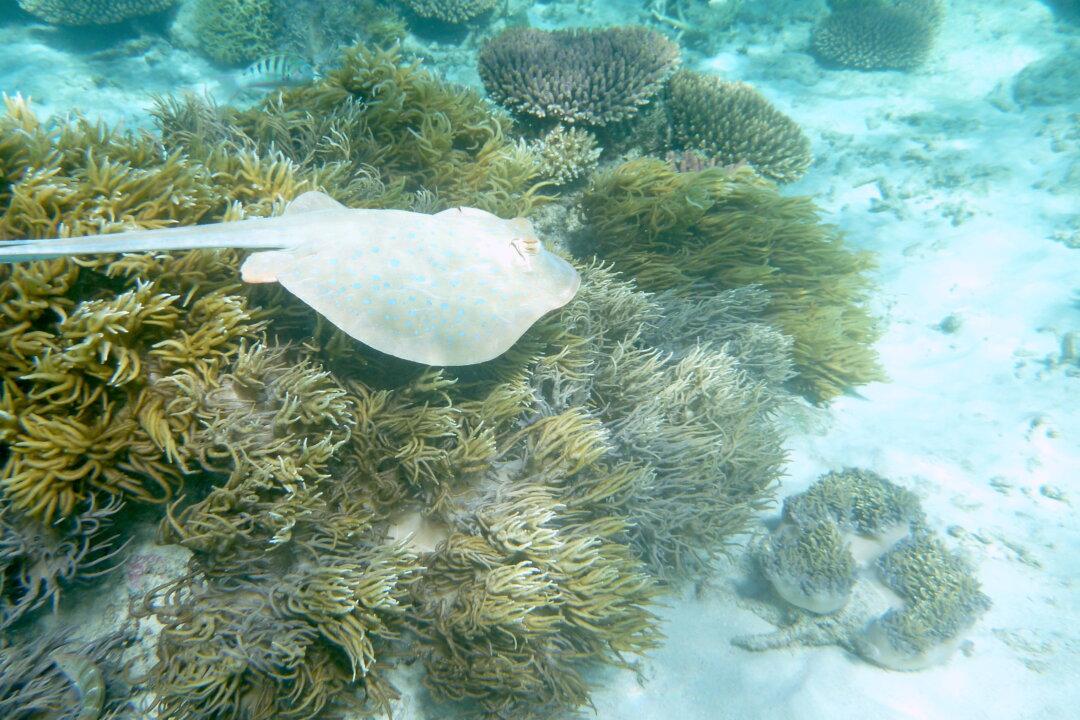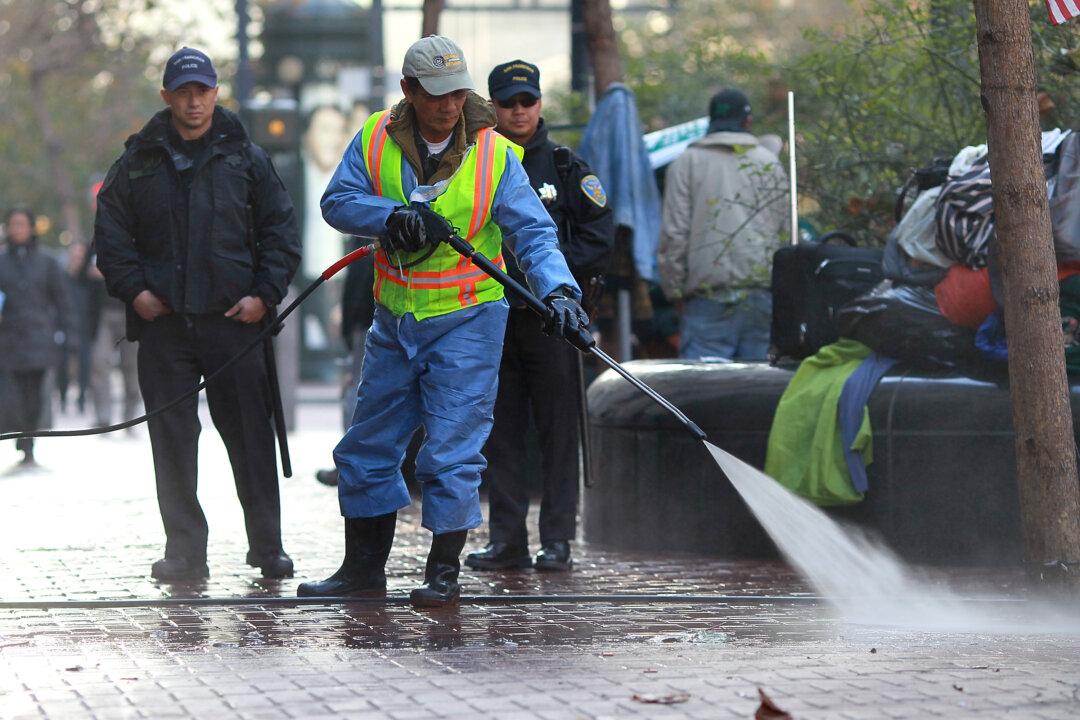California’s stingray population has steadily increased over the years, and they’ve become especially abundant in Southern California waters and beaches.
Seal Beach Marine Safety Chief Joe Bailey told ABC7, “We have more than 30,000 of them just right in this area at the San Gabriel River.”
Chris Lowe, director of the Shark Lab at California State University, Long Beach (CSULB), called Southern California the “stingray capital of the world.”
“The stingray population [in Southern California] is probably at an all-time high,” Mr. Lowe told ABC7.
According to Mr. Lowe, multiple factors including climate change, better water quality, and stingrays’ primary predators disappearing have contributed to the stingray population increasing.
“We suspect we’re going to start to see a control of the stingray population and that the population may start to come back down to levels that make more sense if you have predators nearby,” he said. “We think that where those aggregations of juvenile white sharks form, we might expect to see a reduction in stingray injuries to the public.”
Due to their stingers, stingrays can be venomous and harmful to humans. Consequently, this surge in stingrays has come with the issue of stingray injuries becoming more and more prevalent, especially during the summer when going to the beach could mean direct contact with these rays.
Mr. Lowe believes that over the last 50 years their population has been soaring, along with the chance of getting stung.
“We estimate that there could be as many as 10,000 stingray injuries in Southern California alone,” he said. “That’s probably the most anywhere in the country.”
Seal Beach lifeguards estimate that their beach alone has more than 500 victims a year.
According to CSULB’s Shark Lab, a majority of stingray-related injuries take place in the afternoon, when the tide is lower and the water warmer. Stingrays will often hide under sand to avoid potential predators while they rest or digest their food. This, coupled with the low water visibility at most Southern California beaches during the summer, makes spotting stingrays a challenge.
Anthony McGinnis, a marine biology major, stated on the CSULB website: “They strike, in most instances, when they are completely restricted from movement by being stepped on in the middle region of their body. If you step on their pectoral fins or snout, they generally look to escape or swim away.”
Sean Ono, a marine biology undergraduate student, added, “In the wild, rays reserve strikes for when they are pinned down by a predator, such as a white shark or in our case, a human foot.”
Mr. Lowe offered a tip on how to keep from getting stung. He said the “stingray shuffle” is the key to staying safe.
The stingray shuffle is a technique where you shuffle your feet along the sea floor instead of taking steps and lifting your feet. The shuffling creates vibrations that scare away nearby rays. By pushing the sand forward, you can cause a disturbance that pushes the stingray away.
“When the rays are buried and you’re shuffling your feet, your goal is to nudge them, not step on them,” said Mr. Lowe. “So if you nudge them, they’ll skitter away.”





